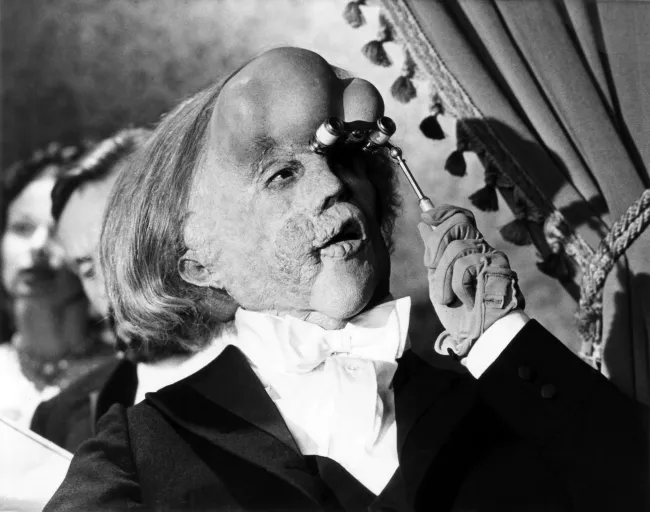Editor’s Note: All figures below are adjusted unless otherwise noted.
David Lynch, who died this week at the age of 78, was the kind of visionary artist whose value has little to do with its commercial success at the time. Still, a review of the U.S./Canada box office for his 10 feature film releases shows most attracted interest from devotees, with his two first studio films by far getting the most theatrical response.
Adjusting their reported domestic box office to about $11/ticket (current average), his second and third films — “The Elephant Man” (1980) and “Dune” (1984) — stand out above all others. “Elephant Man” stands at about $106 million, “Dune” at $103 million. (These and all subsequent dollar amounts are stated at 2025 values; see the full Lynch feature film ranking at the bottom of this story.)
His most profitable film, in terms of return on investment at least, was “Eraserhead” (1977), his first. Released primarily as a midnight film, initially discovered by exhibition legend Ben Barenholtz and shown at his Manhattan Elgin Theater, it amassed the equivalent of around $30 million in box office off an initial investment under $500,000.
That led Mel Brooks, the uncredited producer of “The Elephant Man,” to hire Lynch for that film, probably the most daring move of his career. Made (like “Eraserhead”) in black and white, it was a commercial success (its adjusted budget was around $20 million), both domestically and foreign. It was boosted by eight Oscar nominations (by far the most for any of his films). In Japan, it was the second biggest non-local film of 1981, behind only “The Empire Strikes Back.”
That convinced Universal to turn the reins of its long-planned “Dune” to him, along with an adjusted budget of around $125 million. Despite the film’s reputation as a disaster, its reported worldwide recoupment of around $115 million in film rental (also adjusted, and before adding in later revenues) brought it close to breaking even.
 ‘Wild at Heart’ 1990, (c) Samuel Goldwyn/courtesy Everett Collection©Samuel Goldwyn Films/Courtesy Everett Collection
‘Wild at Heart’ 1990, (c) Samuel Goldwyn/courtesy Everett Collection©Samuel Goldwyn Films/Courtesy Everett Collection
His seven remaining films all were far lower budget, with variable box office response. “Wild at Heart” (1990) did around $40 million, cost around $30 million, so with foreign and other revenues, it likely broke even.
“Blue Velvet” (1986), which saw his return to the more radical style of “Eraserhead” though still within conventional narrative and commercial bounds, grossed about $25 million, costing around $16 million. That’s about the same as “Lost Highway” (1997), with its cost unknown.
His two later studio-backed projects — “Twin Peaks: Fire Walk with Me” (1992, New Line) and “The Straight Story” (1999, Disney), both cost around $25 million, with the domestic grosses for both around $15 million. That’s the same for “Mulholland Dr.” (2001), but its foreign take of around $30 million gave it a start for possible profit (it cost around $30 million).
His final, partially self-financed “Inland Empire” (2006) grossed around $2 million in the U.S./Canada, but around an additional $6 million foreign, again positioning it to at least break even.
- “The Elephant Man,” $106 million
- “Dune,” $103 million
- “Wild at Heart,” $40 million
- “Eraserhead,” $30 million
- “Lost Highway,” $26 million
- “Blue Velvet,” $25 million
- “Twin Peaks: Fire Walk with Me,” $16 million
- “Mulholland Dr.,” $14 million
- “The Straight Story,” $14 million
- “Inland Empire,” $2 million


